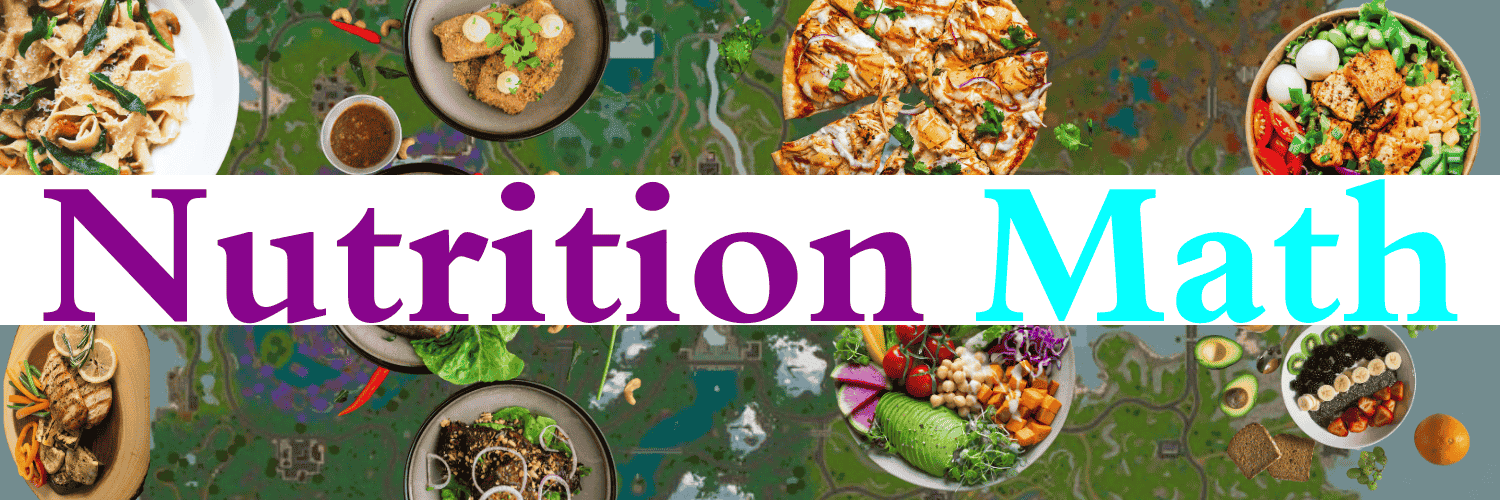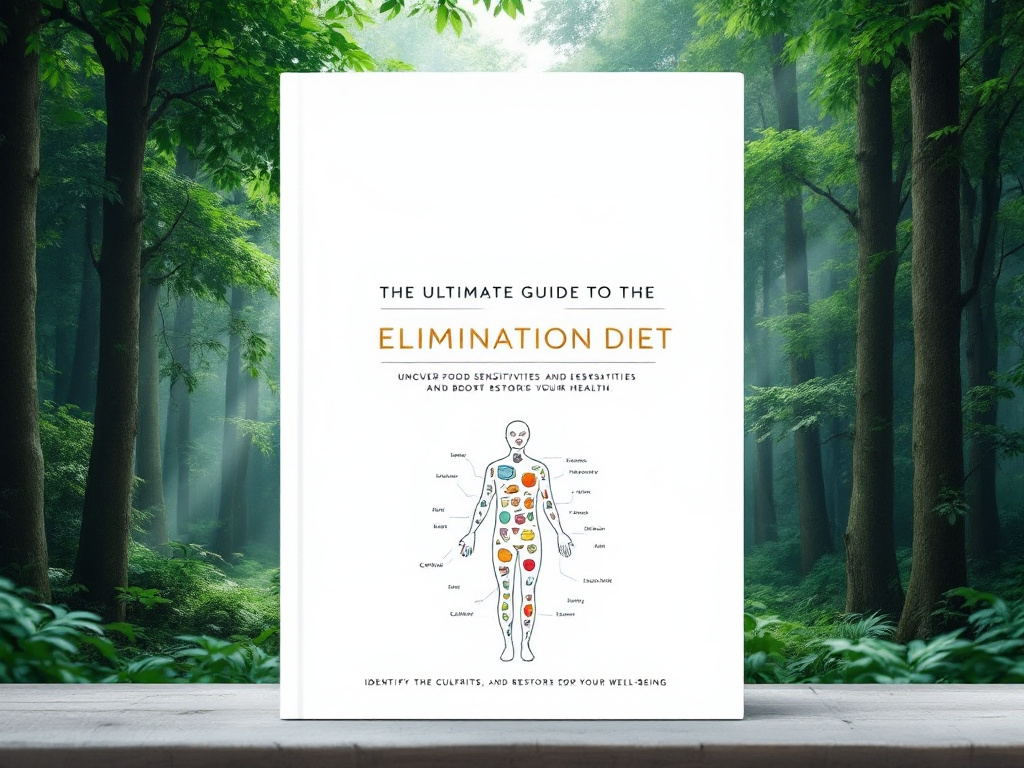Have you ever experienced unexplained bloating, headaches, skin issues, or fatigue? These symptoms could be your body’s way of telling you that certain foods aren’t agreeing with you. Let’s explore how an elimination diet can help you identify these triggers and improve your overall well-being.
What is an Elimination Diet?
An elimination diet is a systematic approach to identifying food intolerances or allergies by removing specific foods or food groups from your diet that are suspected to cause adverse reactions. It involves two main phases:
- Elimination Phase: Remove common trigger foods like dairy, gluten, soy, eggs, nuts, and shellfish for 2-6 weeks.
- Reintroduction Phase: Gradually reintroduce foods one at a time to identify which ones cause symptoms.
- Maintenance Phase: Create a long-term diet plan that avoids problematic foods while ensuring nutritional balance.
Why Try an Elimination Diet?
- Identify food sensitivities and intolerances.
- Improve digestive health and reduce bloating.
- Enhance skin conditions like eczema and acne.
- Boost energy levels and mental clarity.
- Manage chronic conditions and autoimmune responses.
How to Start an Elimination Diet
| Stage | Action Items | Tips for Success |
|---|---|---|
| Preparation | Consult a healthcare provider, plan meals, stock safe foods. | Keep a detailed food diary, prepare meal plans. |
| Elimination | Remove trigger foods, monitor symptoms. | Read labels carefully, cook at home more often. |
| Reintroduction | Add one food at a time, document reactions. | Wait 3-7 days between new foods. |
| Maintenance | Create a sustainable eating plan. | Focus on nutrient-rich alternatives. |
Common Foods to Eliminate and Alternatives
| Food to Eliminate | Alternative Options |
|---|---|
| Dairy | Almond milk, coconut milk, oat milk. |
| Gluten | Quinoa, rice, gluten-free oats. |
| Soy | Chickpeas, lentils, peas. |
| Eggs | Flaxseed or chia seed “eggs”. |
Key Notes
- Always consult a healthcare professional before starting an elimination diet.
- Keep a detailed food diary to track your meals and symptoms.
- Be patient—the process can take time, but the results are worth it.
- Focus on nutrient-dense foods to avoid nutritional gaps.
Conclusion
An elimination diet can be a transformative experience, helping you uncover hidden food sensitivities and improve your overall health. While the process requires commitment and patience, the potential benefits are well worth the effort. Remember to consult with a healthcare professional before starting, and take a systematic approach to ensure success. By listening to your body and making informed dietary choices, you can take control of your health and well-being.
Call to Action
Have you tried an elimination diet? Share your experiences and tips in the comments below! If you’re considering starting one, let us know how we can support you on your journey to better health. Don’t forget to subscribe to our blog for more health and wellness tips!




